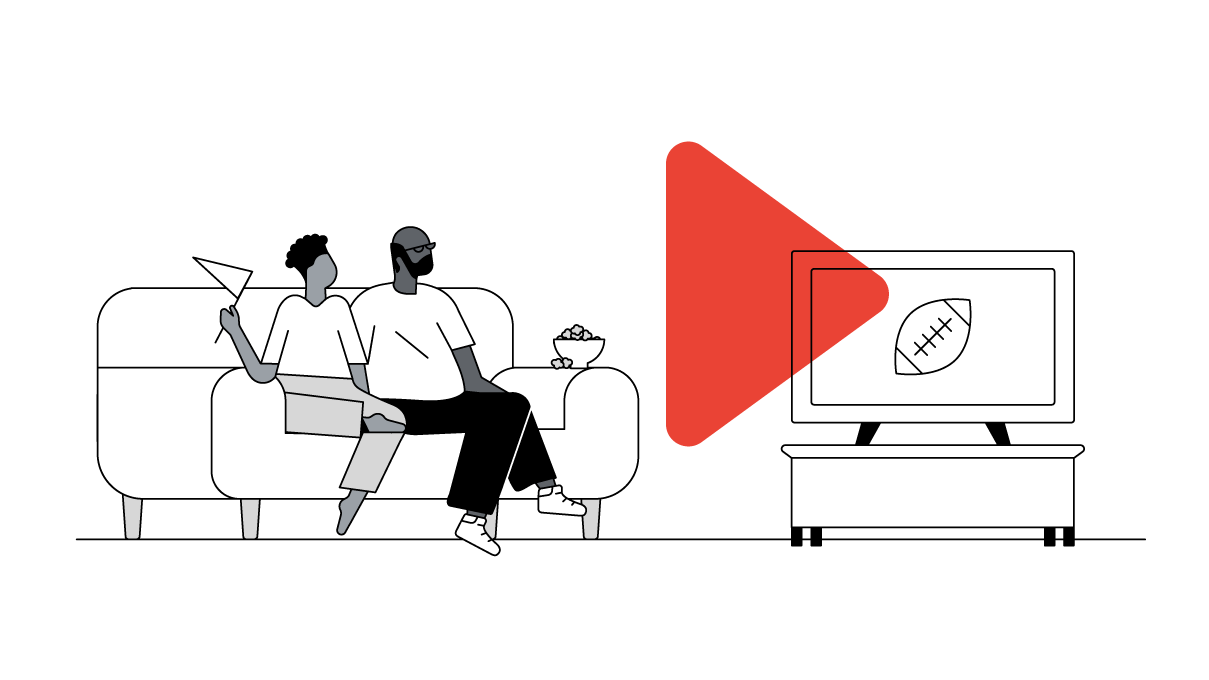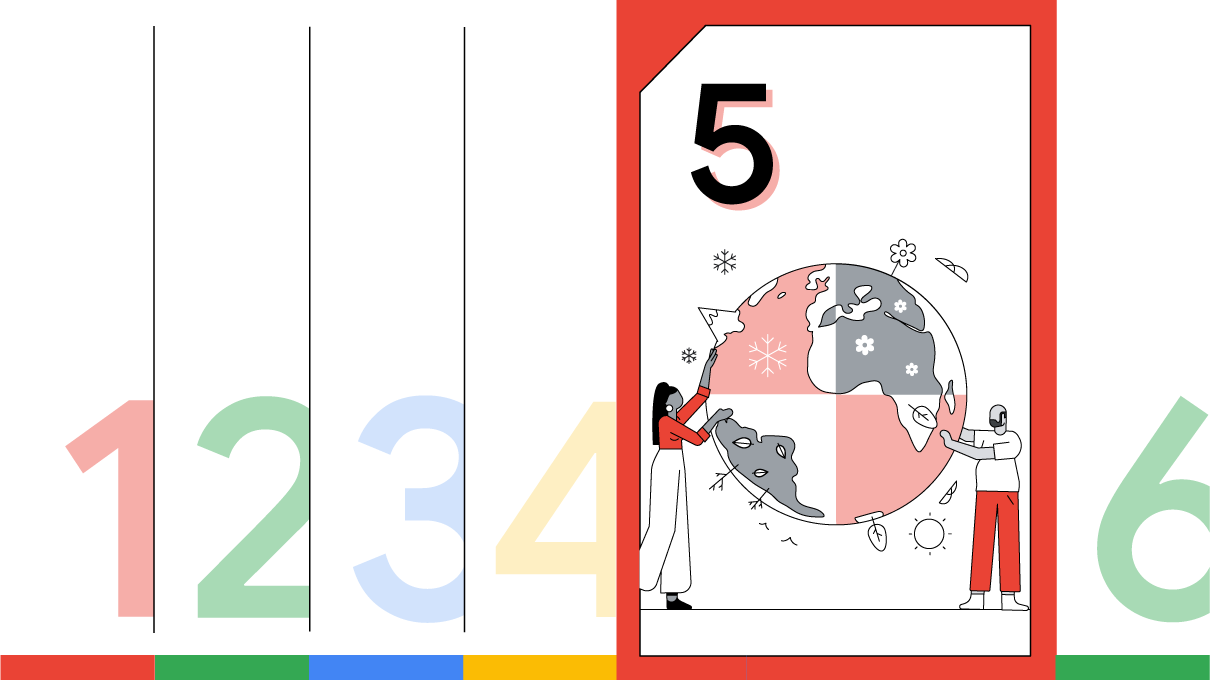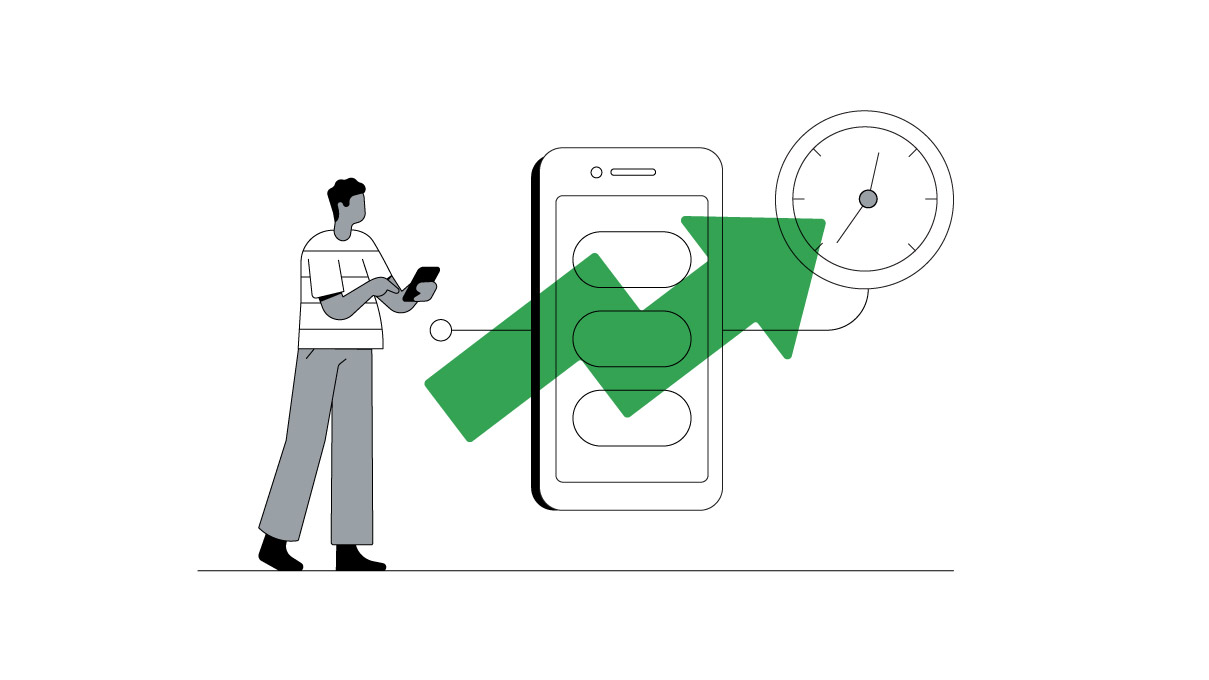"Consumer behaviour often moves faster than the industry can respond to it," says Harvey Carroll, CEO of IPG Mediabrands Canada. But he's determined to do his part, offering thoughts in this guest column on platform-neutral video planning and how to show clients the benefits of new platforms.
The potent combination of sight, sound, and motion has allowed brands to tell emotional stories and generate deep engagement with consumers for decades. Now that customers are spending more time with online video, there are more opportunities to connect with consumers than ever.
In Canada, habits are shifting. We're seeing time spent viewing digital video up +44% over the last four years; growth is even more pronounced on mobile with video time up +127% over the same time period.1
Consumer behaviour often moves faster than the industry can respond to it, and at IPG Mediabrands, we're always on our toes and looking for ways to adapt how we plan and think about audiences.
How platform-neutral video planning works at IPG Mediabrands
First things first: There's no magic number telling us how much media budget should be allocated to online video. At IPG Mediabrands, we've always approached media planning by starting with objectives, not platforms.
"We take a platform-agnostic approach to video planning and let audience behaviours be our guide."
We've never thought it made sense to silo out digital vs. traditional TV vs. print vs. out of home. And that is particularly true for online video and TV. We take a platform-agnostic approach to video planning and let audience behaviours be our guide.
Hybrid planners on each team are educated on all mediums and can recommend which levers should be pulled for which objectives. Those folks are backed up by subject matter experts who are on the leading edge of information technology and have tools that can determine the optimal split between TV and digital.
Where our audience goes, we go
Our goal is to plan and buy video where the audience actually is. And increasingly, that's YouTube. We don't see online video and TV as an either/or situation, but rather we look for ways that broadcast TV and YouTube can work together to deliver better business outcomes for our clients.
With our agencies, UM, Initiative, and Media Experts, we integrate YouTube reach curves directly into proprietary planning tools to optimize campaigns based on audience, reach, and frequency. We also know we can use different YouTube formats to align with KPIs like reach, awareness, conversions, and clicks.
Our platform-neutral approach allows us to constantly push the limits of what's possible and tap into one of the most powerful aspects of online video: personalization. Online video is inherently more interactive than TV, and people engage with it at different times throughout the day—and for different reasons. With YouTube, in addition to targeting particular demographics like males 18–35 or moms over 40, we can also adapt our creative for different locations, devices, or contexts. This allows the messages to be that much more actionable.
Combining TV with online video efforts has helped us expand our reach to lighter TV viewers (those who watch eight or less hours per week) in particular. This is an important group because if we're not reaching light TV viewers, then we're under-delivering on adults 18–49 and even more so with adults 18–35. A traditional TV buy just doesn't reach all demographics equally anymore, but with YouTube, we can make up these gaps and reach lighter TV viewers at scale. Case in point: One in three Canadian YouTube users are also light TV viewers who watch eight hours or less per week.2
For us, the formula is simple: Where our audiences go, we go.
Showing clients the benefits of online video in one simple word: Data
We don't have to convince clients that the world is changing faster than ever. Our clients are very open to new and different approaches—so long as we're disciplined about it and our recommendations are supported by data.
YouTube in particular has been fairly easy to get clients to try because it's the number-one destination for online video and home to all kinds of content. Google Preferred in particular has increased ad recall in 99% of campaigns measured in Canada, with an average lift of 73%.3 That's powerful stuff to be able to share with clients and show that not only are audiences spending time on YouTube, they're engaged and paying attention.
"Our clients are very open to new and different approaches—so long as...our recommendations are supported by data."
Clients want to know where their dollars are being spent, how they're working, and how they can optimize in real time. Thanks to powerful data science available with YouTube and online video, we can do that.
The digital world and our audiences will keep shifting. And we plan to grow and adapt along with them. At IPG Mediabrands we're focused on continually testing and learning. We can't guess where this is all going; the key for us is to build a dynamic agency that’s agile and can adapt and pivot quickly. None of us can assume that what has always worked will continue to work. As the world shifts under our feet, we can do what we've always done: Pay attention to what our audiences are doing, and continually experiment with the best ways to share powerful stories with them.
About IPG Mediabrands
IPG Mediabrands is an agency group made up of 8,500 marketing communication, media, and technology specialists in over 130 countries.







